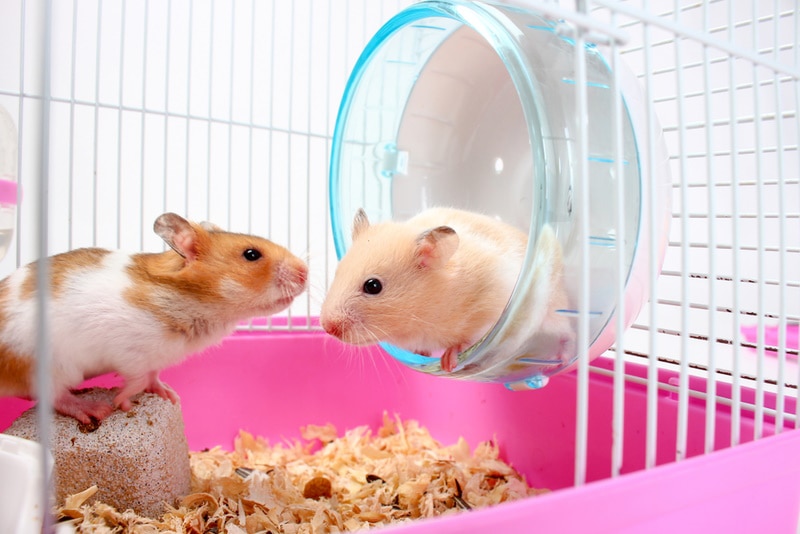4 Types of Dwarf Hamster Breeds: Pictures, Facts & History
Updated on
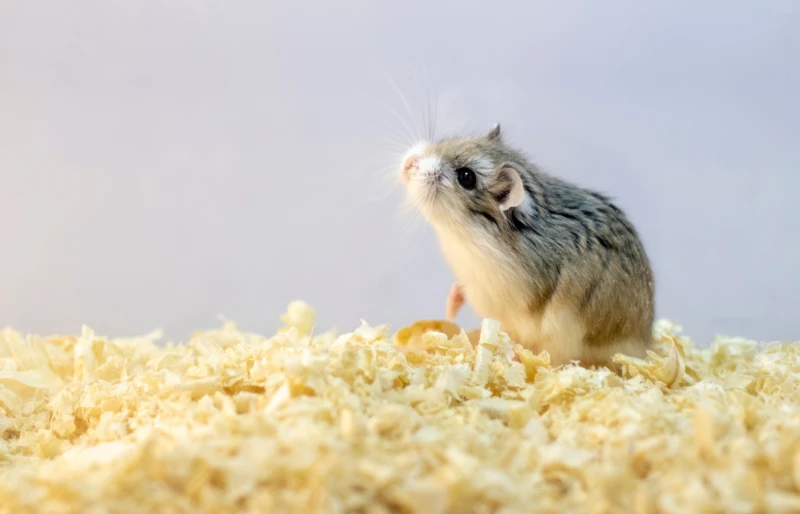
Hamsters are fun little pets that people of all ages can appreciate and take care of—with proper guidance. These rodents are also cuddly and cute, which makes them popular among households worldwide.
There are many different varieties of hamsters, including “regular” and “dwarf.” In fact, there are four prominent dwarf hamster species that all hamster lovers should know about.
How Are Dwarf Hamsters Classified?
The dwarf hamster is scientifically classified as Phodopus and has been established as a part of the Mammalia class. Each subspecies of dwarf hamster has different physical and behavioral traits. Here’s more information about the four most common subspecies of dwarf hamsters, so you can pick out a pet for your household.
The 4 Dwarf Hamster Breeds
1. Winter White Dwarf Hamster
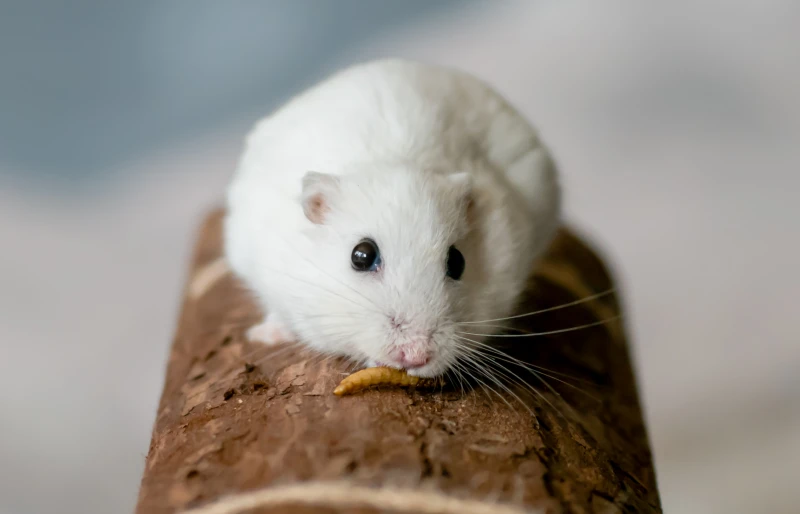
| Origin: | Siberia and Kazakhstan |
| Lifespan: | 1–3 years in captivity |
| Length: | 3–4 inches |
Due to their place of origin, the Winter White dwarf hamster is sometimes referred to as the Russian or Siberian hamster. This is one of the five most popular hamsters in the United States and is a notable pet option in Europe and Asia. These dwarf hamsters have round bodies and come in three colors: pearl, natural pearl, and sapphire. During the winter months, this hamster’s coat turns stark white, hence their descriptive name.
In their natural habitat, their white coat color would provide them with camouflage cover in the snow, for protection from predators. Males are typically larger than females, making them easy to tell apart when in a group. These are easygoing hamsters with tolerant personalities, and they tend to enjoy the companionship of humans.
2. Roborovski Dwarf Hamster
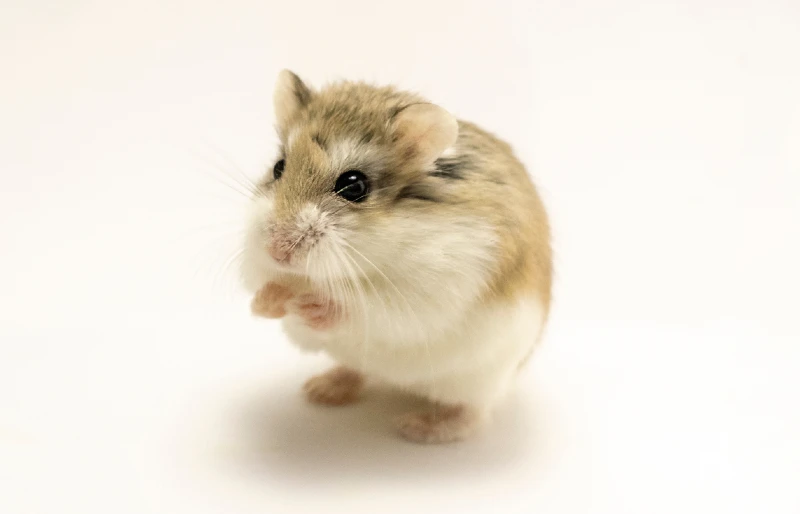
| Origin: | Russia |
| Lifespan: | 2–3 years in captivity |
| Length: | 2–3 inches |
Lovingly referred to as the Robo dwarf hamster by enthusiasts, this rodent species is curious about their habitat but tends to be timid when it comes to being handled by their human companions. With patience and care, these hamsters can be tamed and learn to enjoy hands-on interaction. The Roborovski dwarf hamster typically has a sandy-colored coat and white marks directly above their eyes, which makes them look like they have cute little eyebrows.
These are docile creatures, but if they get startled, they could bite, so it’s important to teach children how to properly handle them. These territorial hamsters do best in groups that they grow up with. Introducing new hamsters to an established habitat can cause territory wars.
3. Campbell’s Russian Dwarf Hamster

| Origin: | Russia, Mongolia, Kazakhstan, and China |
| Lifespan: | 2–2.5 years in captivity |
| Length: | 2–4 inches |
The Campbell’s Russian dwarf hamster is small and round with a brown/gray coat of fur. They sport a distinctive dark-colored stripe on their back, and they have much smaller ears than other dwarf hamsters. These curious animals enjoy interacting with humans and love exploring their surroundings.
Most Campbell’s Russian dwarf hamsters are affectionate with their companions, but they’re extremely fast, so great care must be taken when they’re out of their habitats to ensure that they don’t run away and get injured, lost, or even killed. These animals like to dig and tunnel, so they should have access to deep layers of bedding and sand.
4. Chinese Dwarf Hamster
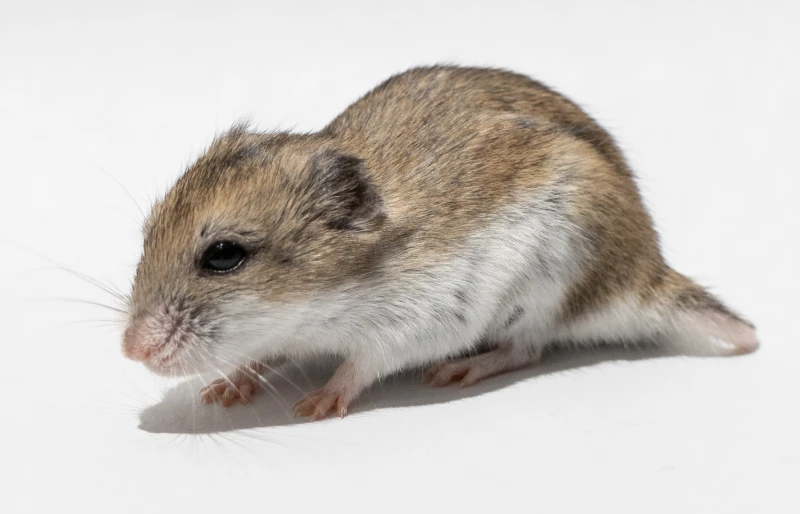
| Origin: | The deserts in Mongolia and China |
| Lifespan: | 2–3 years in captivity |
| Length: | 3.5–4.5 inches |
Although not officially dwarf hamsters, they have been categorized as such due to their small size and other features. These animals usually have brown bodies with tan underbellies and black stripes running down their backs. They are known for their longer tails that help set them apart from other hamster species.
This docile hamster can be skittish but easily tamed with adequate attention and patience. Once socialized, these hamsters tend to like being held, making them great starter pets for children. They can recognize their companions and are likely to go toward a familiar face near their habitat.
Frequently Asked Questions

Can Dwarf Hamster Live Outdoors?
Dwarf hamsters can’t cope well with significant temperature changes throughout the year, especially during the cold months. They also are not equipped to protect themselves from various predators, such as dogs, cats, and birds. They may do okay in tropical climates if their habitat is sufficiently set up for safety and comfort, but it’s best to keep these animals inside where temperatures are controlled and predators aren’t always lurking about.
Do Dwarf Hamsters Need Daily Exercise?
Yes, all dwarf hamsters must exercise regularly to stay happy and healthy throughout their lives. Luckily, these tiny animals can get the exercise that they need in their habitat, given that they have enough places to explore and toys to play with. Letting them run around in a ball or climb around on the couch outside of their habitat is a bonus!
Can Multiple Dwarf Hamsters Live Together?
Multiple dwarf hamsters can live in one habitat together, but they can be territorial, so introducing new hamsters to an established habitat can result in fighting. Hamsters that live together should grow up together from the time that they are babies. Only dwarf hamsters of the same sex should live together because these animals are prolific reproducers.
Conclusion
Dwarf hamsters are easy to care for, are fun to watch, and don’t take up much household space like dogs and cats do. Still, they require plenty of care, as they rely on their human companions for food and habitat maintenance. Make sure you understand the diet and housing requirements of any dwarf hamster that you are considering getting before making any commitments.
Featured Image Credit: Pantherius, Shutterstock



